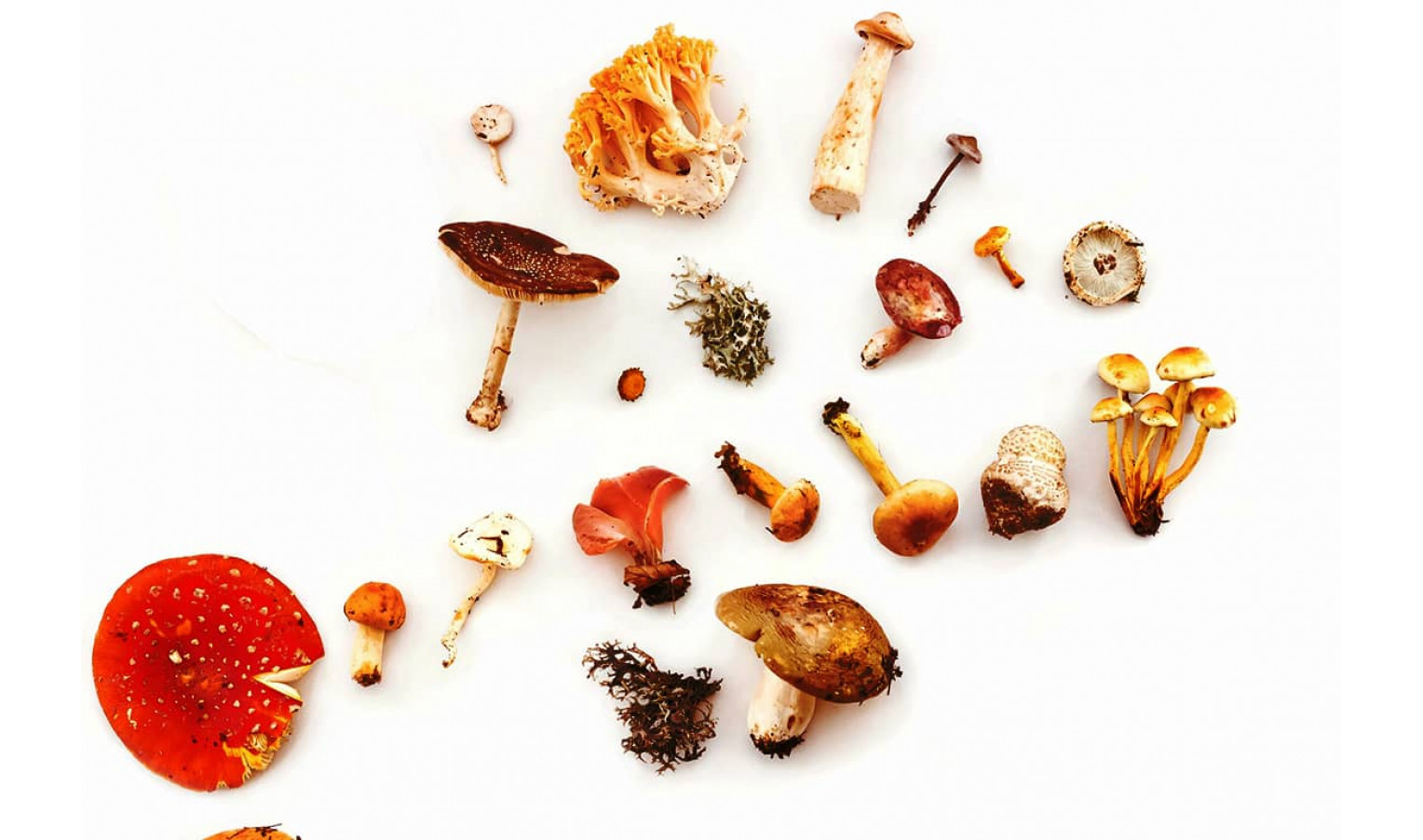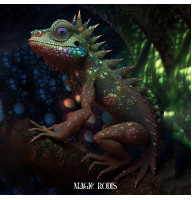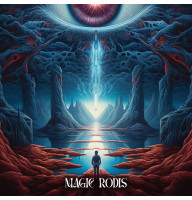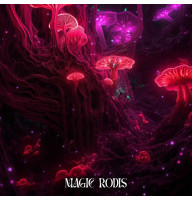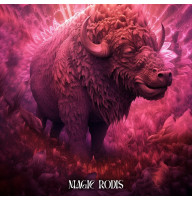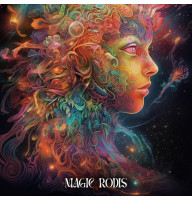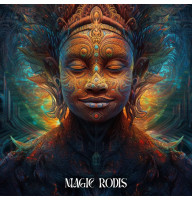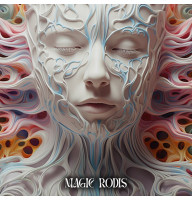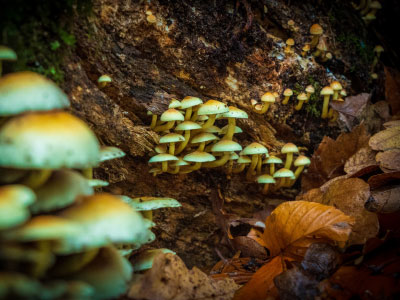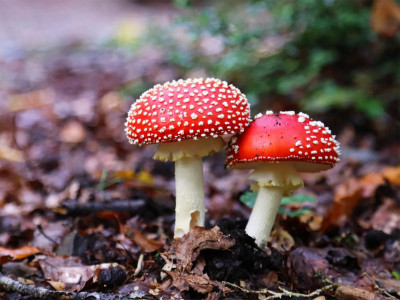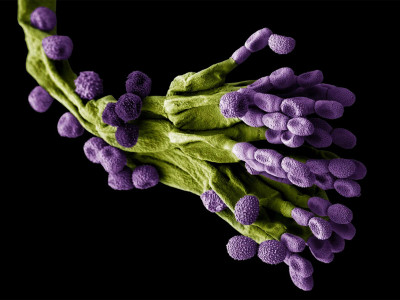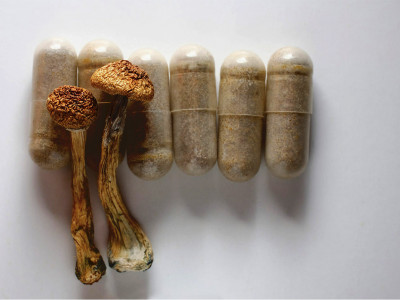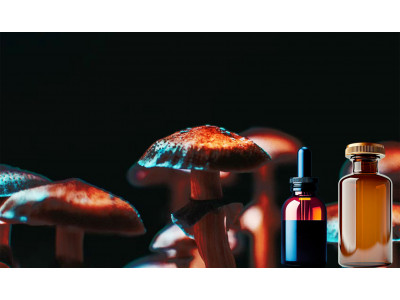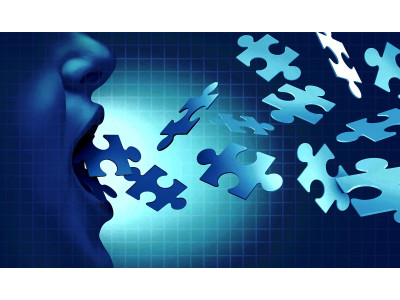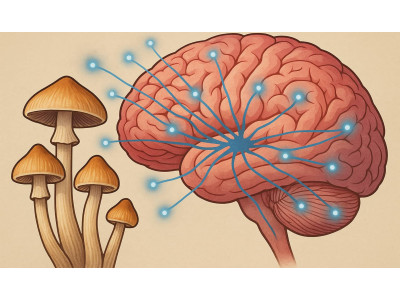Magic mushrooms are hallucinogenic mushrooms that contain psychoactive compounds. These compounds have strong therapeutic properties that can cure deep depression that cannot be treated with conventional medicine. In the last article, we discussed with you the group of mushrooms containing psilocybin and psilocin, which includes: Psilocybe cubensis, Panaeolus cyanescens, Gymnopilus spectabilis, and Pluteus salicinus. Now let's take a look at the other two groups.
Psychoactive substances
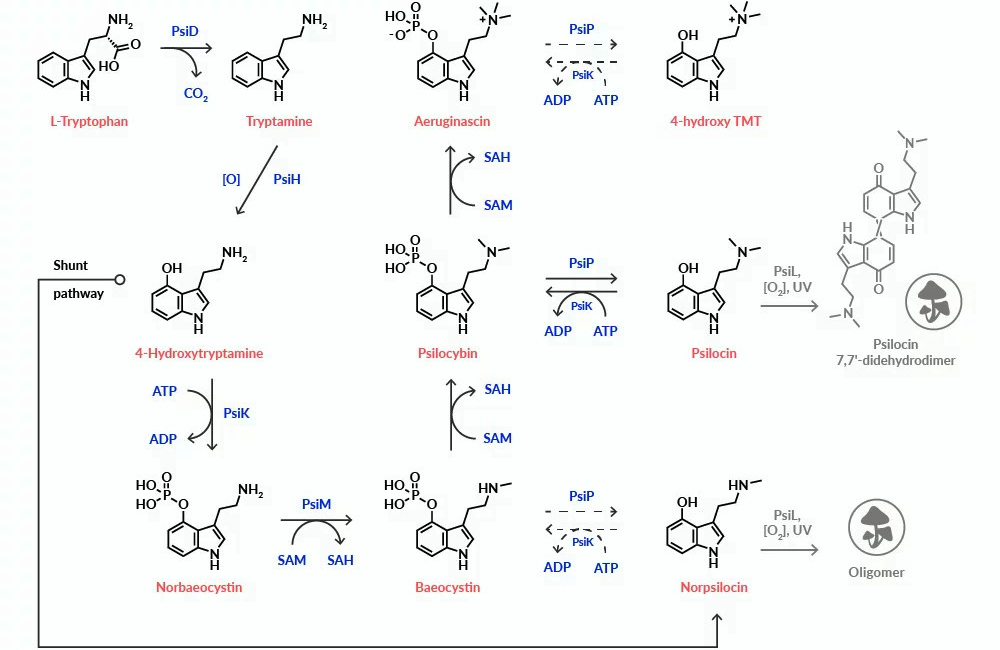
Psilocybin and psilocin are the most well-known and studied compounds in "magic mushrooms". But these are not the only active substances contained in these mushrooms. Some species contain relatively high amounts of beocystine and norbeocystine, which are naturally occurring alkaloids (psychoactive compounds of plant origin) with similar chemical structures.
Other species, such as Amanita muscaria, contain ibotenic acid, muscimol, and muscarine. Let's take a closer look at them.
Alkaloids are a group of chemical compounds found in various plants, especially mushrooms, with potentially psychoactive effects. The source of these compounds is the amino acid tryptophan, a precursor to serotonin.
- Beocystine is one of the four main psychedelic alkaloids that has been found in psilocybin-containing mushrooms, along with norbeocystine, psilocin, and psilocybin. This chemical compound is a member of the tryptamine family of organic compounds found in various organisms, plants, fungi and animals.
- Norbeocystine is an alkaloid of psilocybin mushrooms and an analog of psilocybin. It is found in most psilocybin mushrooms as a minor compound along with psilocin, psilocybin, aeruginascin, and beocystine. Norbeocystine is an N-demethylated derivative of beocystine (which is itself an N-demethylated derivative of psilocybin), as well as a phosphorylated derivative of 4-hydroxytryptamine.
- Muscimol is a metabolite of the mushroom Amanita muscaria, a GABA receptor agonist and psychotropic agent. The main effects of this alkaloid include euphoria, out-of-body experiences, and synesthesia (perception of one sense through another, for example, seeing music in the form of flowers rather than hearing its melody). Muscimol has been used in studies to treat epilepsy and Parkinson's disease.
- Ibotenic acid is a strong neurotoxin and hallucinogen that directly affects the central nervous system. When ingested through mushrooms, ibotenic acid is rapidly decarboxylated into muscimol.
- Muscarine, a substance found in small amounts in Amanita muscaria, is less hallucinogenic than muscimol and ibotenic acid. However, muscarine poisoning can have serious consequences, including excessive salivation, sweating, crying, loss of coordination, visual distortions, stomach problems, and euphoria.
Types of hallucinogenic mushrooms
We reviewed psilocybin mushrooms in the previous article and classified them as the first group. Now let's take a look at the other two.
Group #2: mushrooms containing ibotenic acid (muscimol)
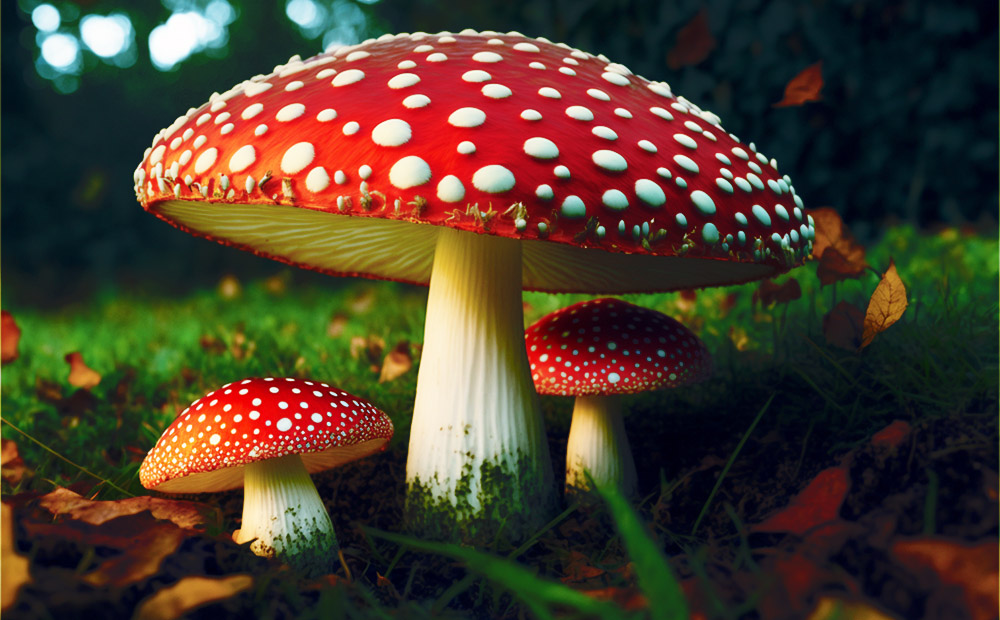
The Amanita mushroom genus is one of the most famous and recognizable groups in the mycological kingdom. These mushrooms usually have convex or flat caps with a characteristic edge called a "volva", which is a bag-like structure surrounding the base of the stem. Many species have a bright, eye-catching color - white, yellow, red, or orange - that makes them easy to recognize.
Among the most famous species of the genus Amanita is Amanita muscaria, also known as the fly agaric, with a red cap decorated with white spots and a white bulbous stem. Another notable species is Amanita phalloides, known as the "green oronja" or "death mushroom" because of its high toxicity.
Many Amanita species are highly toxic and can cause serious illness and even death if eaten. Amanita phalloides is one of the deadliest mushrooms, causing the majority of mushroom poisoning deaths worldwide. Despite its toxicity, some Amanita species, such as Amanita muscaria, contain psychoactive compounds such as muscimol and ibotenic acid, which can cause hallucinogenic and entheogenic effects if consumed in sufficient doses.
- Amanita muscaria: also known as "Mario Bros. mushroom" because of its resemblance to the Mario games. It contains hallucinogenic substances, such as ibotenic acid, which is decarboxylated into muscimol when ingested.
- Amanita pantherina: similar to Amanita muscaria, contains muscimol and other hallucinogenic compounds. It has a characteristic appearance with a brown cap and white spots. The psychoactive effect is extremely strong.
- Amanita muscaria var. formosa: a variety of Amanita muscaria, distributed mainly in North America. It also contains muscimol and ibotenic acid.
Group #3: parasitic fungi
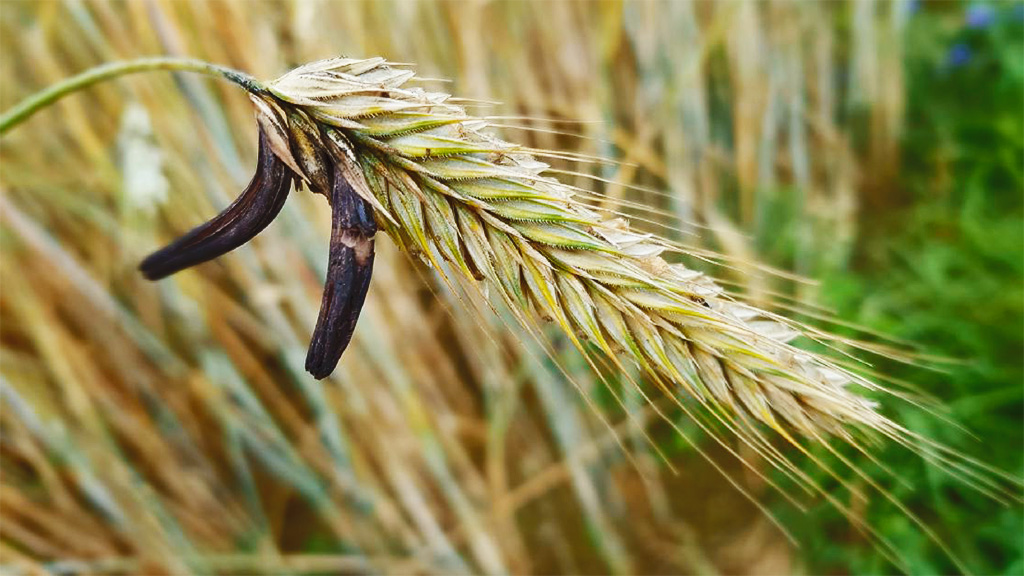
Parasitic fungi are fungi that obtain nutrients from living organisms, usually plants or trees, although it can also be insects or other arthropods that they damage or cause disease. They are able to penetrate the tissues of their host and extract the nutrients they need to grow and reproduce.
Unlike saprophytic fungi, which feed on dead organic matter, parasitic fungi depend on the presence of a living host. To survive, they establish a symbiotic relationship, which can be harmful to the affected plant or tree because it can weaken its immune system and reduce its ability to obtain nutrients and water from the soil.
- Claviceps purpurea or ergot: this is the same fungus that led to the advent of LSD in the hands of Albert Hofmann. It is a parasitic fungus that, as the name suggests, mainly affects crops of rye and other grasses.
The fungus produces sclerotia, which are surviving structures containing spores that allow the fungus to overwinter. In the spring, when conditions become suitable, the spores are released into the air. In addition to its negative effects on human and animal health, Claviceps is also being studied for the chemical compounds it produces, some of which have interesting pharmacological properties.
For example, lysergic acid (LSA) found in ergot is a precursor to lysergic acid diethylamide (LSD), one of the most famous psychedelic drugs.
Conclusion
As you can see, the world of psilocybin mushrooms is as vast as it is interesting, with dozens of different species producing compounds such as psilocybin or psilocin (although, as you've seen, it's not just these substances that cause psychoactive effects). From here, we encourage you to continue exploring these mushrooms and their unique properties; we're sure you'll discover a very fascinating world!

